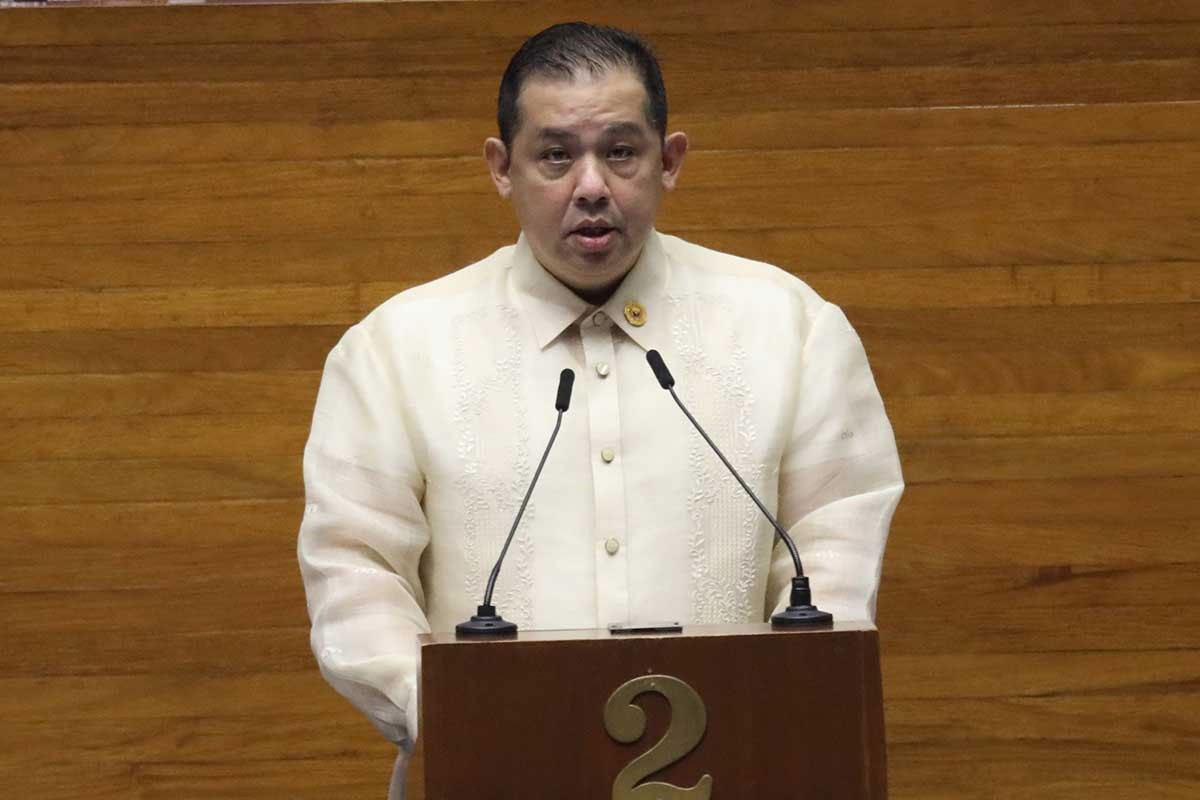
Smoking still wreaking havoc despite Sin Tax Law passage: But vaping on the rise!
 REPUBLIC Act No. 10351 or the Sin Tax Reform Act of 2012 aims to address the smoking problem in the country. The law changed the tax structure drastically by imposing higher taxes on tobacco products, leading to higher prices. The goal is to prevent smoking initiation and promote cessation. The law also aims to increase revenues for government spending on health, and to reduce tobacco smoking and alcohol use, which are risk factors linked to non-communicable diseases.
REPUBLIC Act No. 10351 or the Sin Tax Reform Act of 2012 aims to address the smoking problem in the country. The law changed the tax structure drastically by imposing higher taxes on tobacco products, leading to higher prices. The goal is to prevent smoking initiation and promote cessation. The law also aims to increase revenues for government spending on health, and to reduce tobacco smoking and alcohol use, which are risk factors linked to non-communicable diseases.
Aligned with the country’s commitment to the World Health Organization Framework Convention on Tobacco Control, the government established the sin tax law, which sought to increase revenue for public health spending and reduce the burden of tobacco smoking and alcohol use.
Sin taxes may help promote a healthier society. The logic is that by making it more expensive to engage in unhealthy activities, such as smoking or excessive alcohol consumption, less people will do it or at least not do it as often.
The law has tremendously reduced the smoking rate in the country and generated billions of funds for DOH and Philhealth. After a decade since its signing by President Benigno Simeon (Pnoy ) Aquino, Republic Act10351 or the Sin Tax Reform Law successfully achieved its objective of generating additional revenues earmarked for the universal health care program of the government as well as the objective of reducing alcohol and tobacco consumption.
The government should revisit policies and processes under the Sin Tax Reform Act of 2012 (Republic Act [RA] 10351) to ensure that tax revenues are used “efficiently, equitably, and effectively” for health programs. This was according to a recent study published by state think tank Philippine Institute for Development Studies (PIDS). Authored by PIDS research consultants Miharu Kimwell, Frances Lois Ngo, Vicente Alberto Puyat, and George Douglas Siton, the paper evaluated the performance of public health budget allocations arising from RA 10351’s earmarking policy.
Aligned with the country’s commitment to the World Health Organization Framework Convention on Tobacco Control, the government established the sin tax law, which sought to increase revenues for public health spending and reduce the burden of tobacco smoking and alcohol use. Some of the main reforms of the law include substantial increases in excise tax rates, an annual increase rate in excise tax, and earmarking of revenues to support progress toward universal health coverage (UHC).
According to the study, around 85 percent of incremental tax revenues collected from excise tobacco and alcohol taxes are earmarked for the health sector. The revenues fund the Department of Health’s (DOH) programs and activities and premiums for the Philippine Health Insurance Corporation.
While the health outcomes of select public health programs have improved since the implementation of RA 10351, the authors said the funds “have not necessarily been efficiently and equitably utilized” by the recipient programs. The DOH should exhibit its capability and accountability to utilize its annual budget effectively.
The researchers also underscored that health programs need to be more strategic in requesting, allocating, and utilizing funds to address gaps in service coverage.
“Given the increase in fiscal space and autonomy to use the budget, monitoring and evaluation of the outcomes achieved by the allocations provided by sin tax revenues must be continuously reported,” they added.
In terms of equitable budget allocation, most of the funds from sin tax revenues are used to finance the membership of the disadvantaged sector in the national health insurance program. Thus, poverty incidence must be consistently included among the criteria and administrative processes when allocating funds to projects and activities.
ALARM BELLS : Vaping Industry creating huge health problems for the youth
We are facing a new problem after the successful Sin Tax Law of 2012 primarily aimed to reduce the burden of smoking related illnesses in the country and find a huge budget for the implementation of the Universal Health Care.
E-cigarettes use a battery-powered device that heats a liquid to form vapors — or, more accurately, aerosol — that the user can inhale (thus “vaping”). These devices heat up various flavorings, nicotine, marijuana, or other potentially harmful substances. Nicotine is addictive, of course. And while that fact is prominently displayed in advertising, we know from experience with regular cigarettes that warnings don’t always work!
E-cigarette companies are targeting young people through deceptive advertisements that promote flavors, make fake health claims and push lifestyle benefits – all of which should be addressed to prevent the promotion of vaping as a desirable activity for young people. It is an aggressive marketing push that DOH and regulators are struggling to stop, even as the rates of youth vaping climb.
ALERT: Health risks of vaping
The tragic and alarming cases of severe lung disease are clearly cause for concern. A number of other health effects are also worrisome:
Nicotine is highly addictive and can affect the developing brain, potentially harming teens and young adults. Even some “nicotine-free” e-cigarettes have been found to contain nicotine.
Some substances found in e-cigarette vapor have been linked to an increased risk of cancer.
Teens who vape are more likely to begin smoking cigarettes.
Explosions and burns have been reported with e-cigarettes while recharging the devices, due to defective batteries.
Accidental exposure to liquid from e-cigarettes has caused acute nicotine poisoning in children and adults.
Vaping during pregnancy could harm a developing fetus.
The bottom line
Perhaps vaping should be viewed as a “lesser of evils” for current cigarette smokers. Still, it’s clear that there is a lot about vaping we don’t know. One way we’ll learn more is by people reporting possible vaping-related health problems to the FDA — you can let them know if you’ve had such problems.
Until we know more, think twice about vaping. Health authorities and advocates recommend avoiding all vaping until more is known. If you do decide to vape, avoid e-cigarettes bought “off the street” and stick with brand name e-cigarette products without modification (such as adding marijuana or other drugs).
These cases of severe lung disease among people who vape raise important questions about the safety of vaping. Perhaps we shouldn’t be surprised that lung problems might develop in people who vape: our lungs were meant to inhale clean air and nothing else.
It took many years to recognize the damage cigarettes can cause. We could be on a similar path with vaping.
The government should seriously address these alarming issues to protect the young and the poor.
Time is running out. We need to focus on our healthcare industry after the COVID pandemic. By Dr. Tony Leachon
***********
Anthony C. Leachon, M. D.
Independent Health Reform Advocate
Past President ,
Philippine College of Physicians
Internist – Cardiologist
Manila Doctors Hospital























